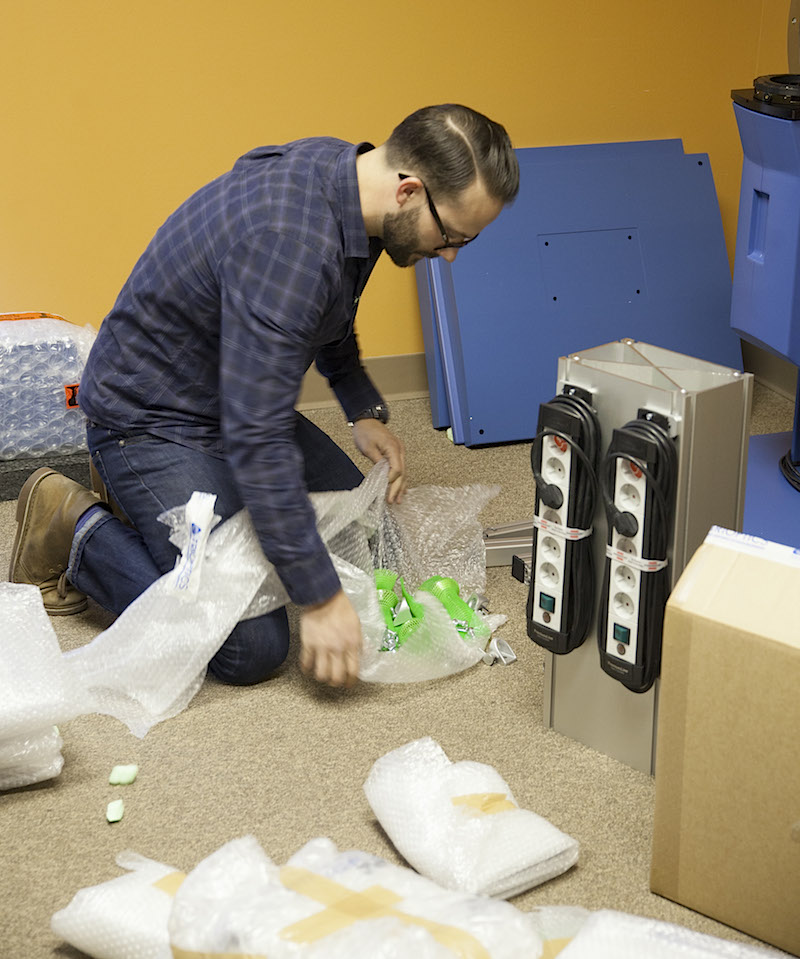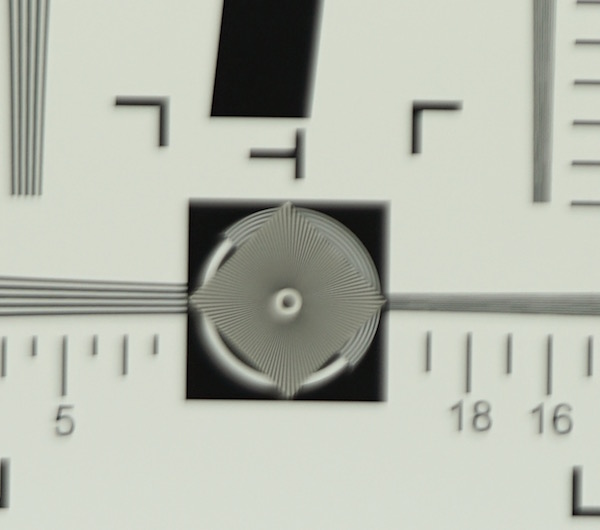Sorry for the following barrage of questions, my intentions aren't hostile, given your experience I'm hoping you can give some real world feedback.
Do you notice the color depth difference between the A7R and the 5D iii in a blind test? ( you should be able to if the dxo mark score is useful, color depth seems weighted heavily in their tests)
Do you notice a high iso noise difference between the A7R and the 5D iii in a blind test ? ( A7r wins 2746 to. 2293 low-light scores, but they have virtually the same SNR measurements so you they should look the same in terms of noise)
The overall sensor score is 95 to 81 for the A7R over the 5D iii, would you say that is good indication of how much better the A7R is over the 5D iii in terms of image quality? Do you immediately pick out shots from the 5D iii and say "I wish I would have shot that with the A7R" ?
The R scored 2742 on the high iso test while the a7 iii scored 3730. At first glance based on those scores you'd assume the sony high iso performance trounces the canon. But then in their own writeup they state:
" the values are so close at higher ISOs that it’s unlikely you’d be able to distinguish among them"
I'm legitimately wondering how these scores translate to the real world.
No worries, I'll try my best to answer them.
Color depth is a tough one for me for two reasons. Firstly I dont feel I shoot massive areas of similar colour sufficiently often in real world scenarios to have a full appreciation for the limitations of either system in this area (my photos tend to be fairly 'busy') and secondly because I dont have a clue what color depth actually refers to (reading up about it doesnt help either!). I will say I have encountered serious banding at base ISO with my Canon 5D3 (and even made a post about it many years ago) but have not had the same issue with the a7r but then maybe because my post processing workflow improved. In short I cant make a solid statement about color depth.
High ISO noise I would say is similar between the two systems but a7r wins out when downsized to 5D3 sizes. Having owned a 50D, 5D3, 7D and 70D I would say the ISO score DXO gives has been consistent in reflecting my own maximum tolerance ISO levels for each of those cameras. I'm also not sure if this is the right place to mention it but the processing latitude the a7r gave over the 5d3 was in a different league. The slightest adjustment to shadows in the 5d3, even at low ISOs, would introduce pretty horrible, patterned banding. The amount I could manipulate the a7r files was/is miles ahead.
I would say 95 to 81 is an accurate indication from my experience. The images are just so much crisper and more detailed from the a7r (of course the higher resolution has an impact on this). For every shot I have ever taken I wish I had taken it with the highest resolution medium format camera in existence so I'm not quite sure how to answer the second part of that question. Yes I wish I had taken every shot on the 5D3 on my a7r because the quality is better and the resolution higher, but as I mentioned in my post the a7r has usability quirks which the 5D3 doesnt have, plus at the time i was heavily invested in Canon lenses (and still am) so this also meant for anything other than landscapes I had to use my Canon as the a7r simply wouldnt have coped.
I cant comment on the R as I've never seen it nor taken photos with it. I would add that what I write above is purely based on a simple image quality comparison and doesnt go into the real world useability of the Sonys versus the Canons, for which the a7r was extremely limited (laggy, terrible battery etc). The a7r3 is massively improved and suitable for any type of photography but still has operational quirks (turning itself off at high temps, write lags, poor interface) that I've never had to deal with in Canon.
Hope this makes some sense of my position.


